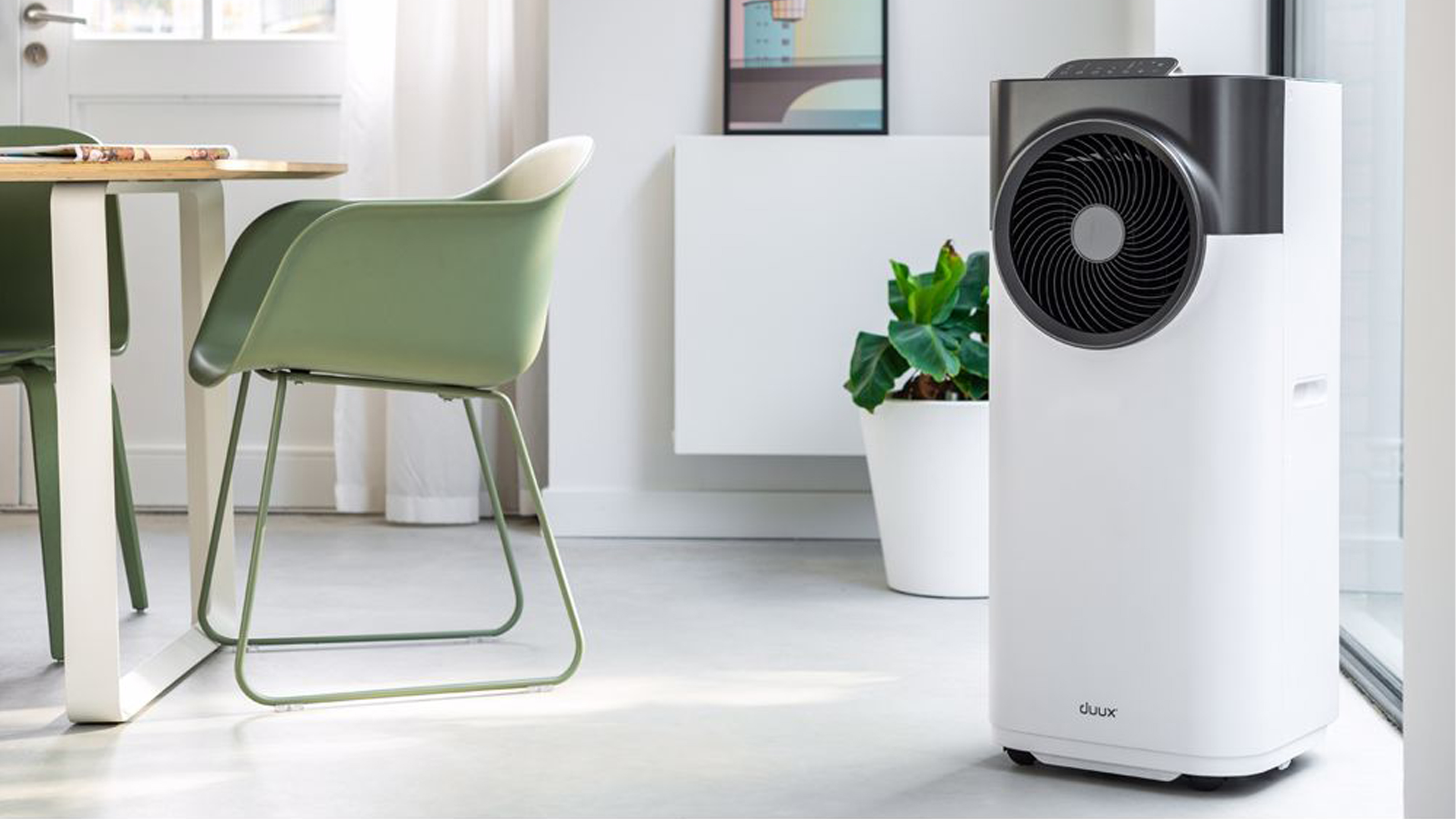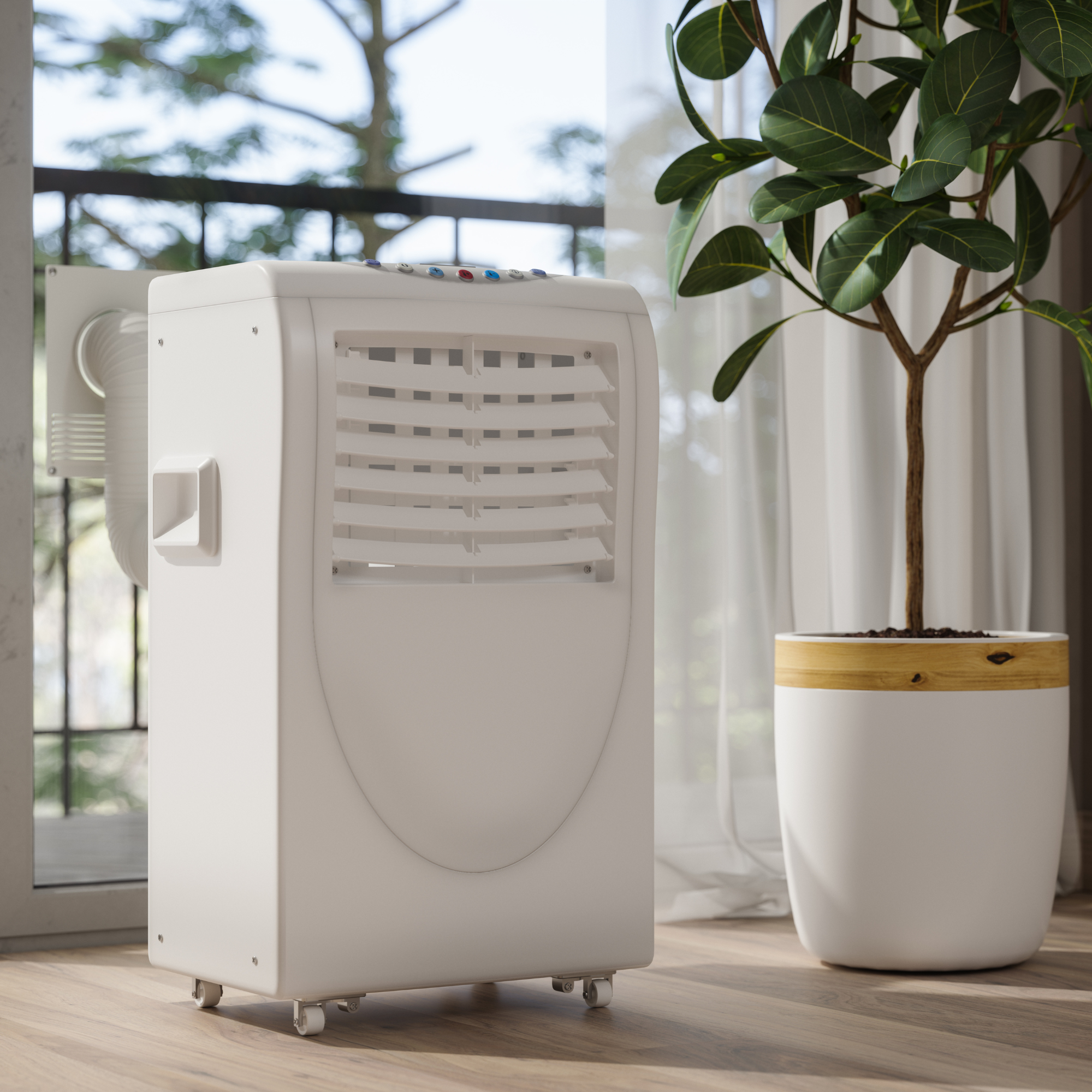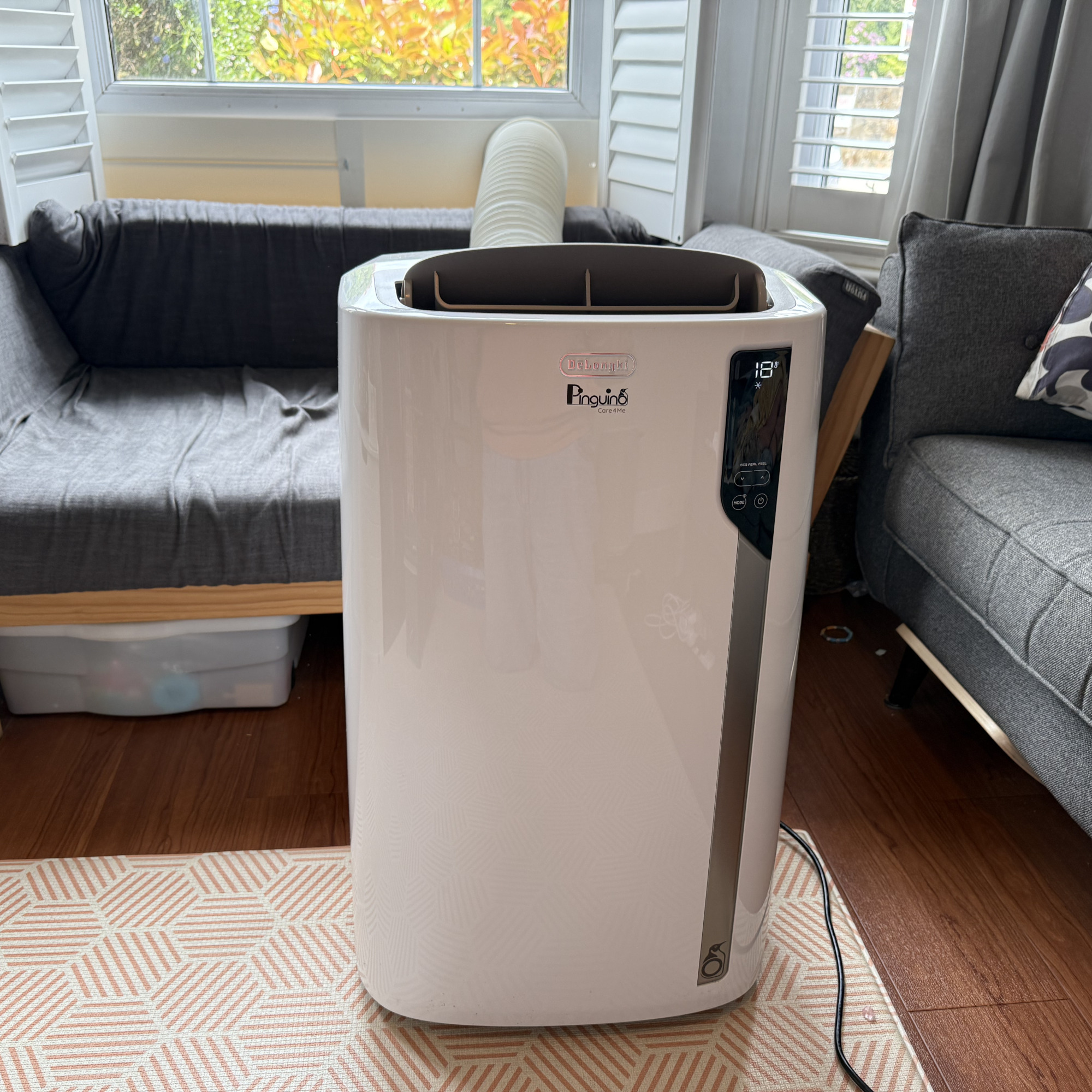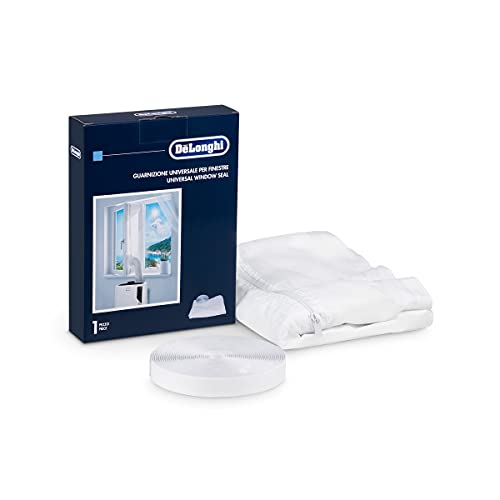The essential piece of kit you need to buy when investing in a portable air conditioner – experts say it makes all the difference
Everything you need to know before buying and fitting a portable air conditioner window kit...

- What is a portable air conditioner window kit?
- Why do you need an portable air conditioner window kit?
- Types of window kits
- Slider window kits
- Casement window kits
- Velcro or fabric seal kits
- Can you use a portable air conditioner without a window kit?
- Top tips for fitting a window kit
- The biggest problems (and fixes) with portable AC window kits

When the weather heats up, a portable air conditioner can feel like the ultimate summer essential. They're easy to move from room to room, don't require permanent installation and can cool a space in minutes. But there's one part of the setup that is a little confusing: the window kit.
If you've unboxed one of the best portable air conditioners and found a hose or even a fabric seal that looks puzzling, you're not alone. The window kit is what makes your portable air conditioner truly effective, helping it get rid of hot air instead of letting it drift straight back into the room.
So, if you've ever wondered what these kits do, how they fit, and whether you can use one with your type of window, I've put together a guide to portable air conditioner window kits that'll walk you through what they actually do, the different types available and how to make sure you're getting the most efficient results from your cooling setup.
What is a portable air conditioner window kit?
A window kit is the piece of equipment that allows a portable air conditioner to vent hot air outside. And without it, you might end up recycling warm air around the room. Usually, kits consist of:
- A vent hose which connects to the back of the AC unit.
- A window slider or sealing panel that can be adjusted to fit your window type and hoses the hose securely in place.
- A hose connector clips the vent hose to the panel, so air only escapes outside and not back into your room
Why do you need an portable air conditioner window kit?
Your portable air conditioner needs a window kit because, without one, it basically becomes an expensive fan, explains Katie Lilywhite, air treatment expert at AO.com.
If you use it without a kit, the unit would cool the air temporarily, but the room would quickly warm up again because the hot air has nowhere to go. 'The hot air your appliance absorbs needs to be expelled, and the window kit is a practical, sealed exit point that prevents any hot air from circulating back inside. This keeps the cooling efficient, reduces strain on your air conditioner and helps to keep your energy bills down,' says Katie.
'Without it, the unit would be constantly fighting against the warm air being released back into the room, wasting energy and delivering poor cooling, adds Chris Michael, Chair at Meaco.
Sign up to our newsletter for style inspiration, real homes, project and garden advice and shopping know-how

AO's latest addition is Katie, a key expert at a multitude of appliances, including portable air conditioners, fans, air purifiers and dehumidifiers.
Types of window kits
Turns out not all window kits are created equal, and that's where things get a little tricky, especially if you didn't receive one with your portable air conditioner in the first place.
I've run through the main options and what types of windows they are designed for.
Slider window kits
As the name suggests, these are designed for sash or sliding windows and usually come as an adjustable plastic panel that slots into the opening.
Casement window kits
These work with side-hinged windows that swing open and often use a fabric seal that sticks around the frame with a zip opening for the hose.
Velcro or fabric seal kits
These are popular for abnormally shaped windows or tilt and turn windows and are made from weatherproof fabric that you attach with Velcro, with the hose poking through the zip or flap.

Can you use a portable air conditioner without a window kit?
According to Katie, technically, you do not need to run an air conditioner with a window kit. However, in practice, this is far from ideal.
You'll lose efficiency, waste energy and risk letting insects or rain in, so a proper kit is always worth fitting.
'Portable air conditioners work by pumping cool air into the room and pushing hot air out through an exhaust hose. Without venting it outside, through a window kit, the hot air will simply leak straight back into the room and undo all efforts of cooling the air.'
'If a window kit simply isn’t feasible, then you should still vent your air conditioner through a door or wall, though be aware this isn’t as effective,' explains Katie.
Top tips for fitting a window kit
If you haven't received a window kit with your portable air conditioner or you've received one that doesn't work with your window type, you'll need to make sure you buy the right one and understand how to fit it.
I asked the experts for their advice.
- Measure first: You'll need to check your window size before ordering a kit. 'Always measure your window dimensions before you buy, and double-check this to ensure your window kit will be suitable. Most of these window kits are adjustable; however, some houses can have tilt-and-turn windows or casement, which can make things harder to fit,' explains Katie.
- Seal tightly: The better the seal, the cooler your room will stay. 'You should also be vigilant and seal all gaps around this kit properly. If there are any gaps, this can lead to vented hot air seeping back into your home and undermining your air conditioner,' says Katie. She recommends using foam seals, available at Amazon or trying draft excluder tape that you can pick up at Amazon, too, to plug any gaps you spot.
- Check compatibility: Some brands (like DeLonghi or AEG) sell universal kits (AEG universal window kit, £87.69, available at Amazon and DeLonghi universal window kit, £36.36, at Amazon), but others work only with their models.
- Think about storage: Most panels are removable, so you can take them down when summer's over.
- Ensure good airflow: 'Keep the hose short and straight for good airflow. Check the hose isn’t kinked or crushed and leave at least 50–60cm between the unit and the window for proper circulation,' adds Chris.

Chris has been advising on humidity solutions and dehumidifiers since 1991 and is well known within the dehumidifier industry across the world as a lead on innovation and sustainability. With a wealth of experience in the industry, Chris is committed to helping provide low-energy and low-noise solutions appliances that improve the lives of customers.

The biggest problems (and fixes) with portable AC window kits
One of the most common problems is poor sealing around the window kit's edge, explains Katie. 'This allows hot air to leak back in; try to combat this with foam to seal the gap and prevent future leaks,' she explains.
Chris adds that poor sealing can be fixed with sealing strips or tape as recommended above (these Fixmend sealing strips, £9.99 are a bestseller on Amazon).
'Another error that may happen is your air conditioner’s hose falling out of the window. Due to its weight, sometimes this can tug itself loose and fall through. Try to support your appliance’s hose with a small bracket or even simply a hook and cable tie combo,' suggests Katie.
'Performance also drops if the hose is bent or twisted, so keep it as straight as possible without overstretching,' explains Chris. 'If condensation builds up, check the drainage and empty the water tank regularly.'
While a portable air conditioner window kit isn't the most charming part of your cooling setup, it'll make a huge difference to how well your unit performs. Choose the right kit for your window style, fit it snugly and you'll get the most efficient cooling result.
Have you invested in a portable air conditioner yet? And did you get a window kit with it? Let us know by commenting below.

Jenny is Senior Digital Editor and joined the team in 2021, working across Ideal Home, Real Homes, Homes & Gardens, Livingetc and Gardeningetc. Since getting on the property ladder, her passion for interior design and gardening has taken on a new lease of life. She loves collecting and salvaging unique items (much to her other half's despair) but sniffing out stylish home bargains is her one true love.
You must confirm your public display name before commenting
Please logout and then login again, you will then be prompted to enter your display name.


